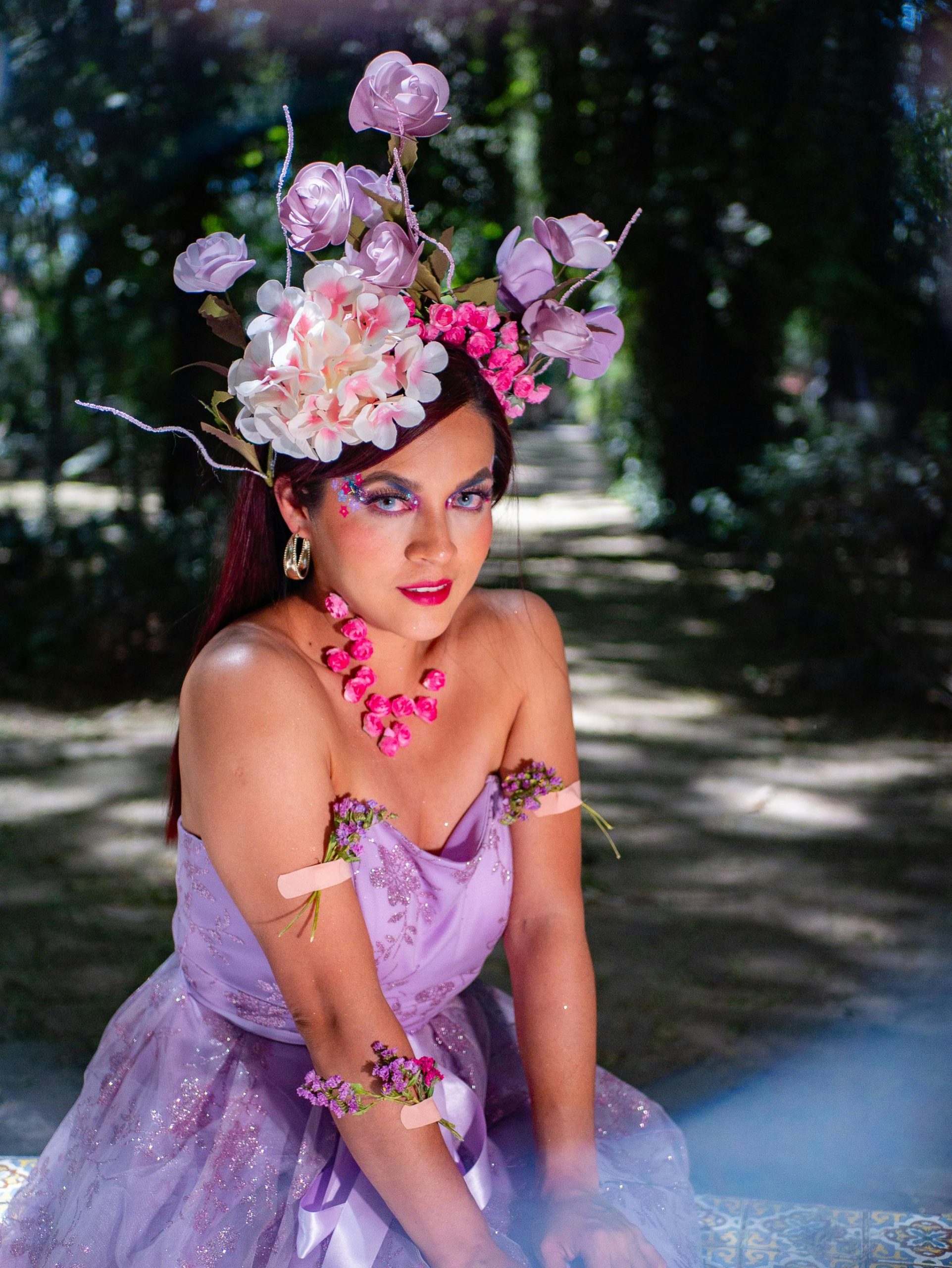Guys if you need to create realistic image use this prompt
Mastering Photorealism: A Guide to Crafting Stunning Images
Creating lifelike images that capture the essence of reality can be an exhilarating journey for digital artists and photographers alike. If you are looking to produce an exquisitely realistic image, consider utilizing a comprehensive prompt that incorporates intricate details and authentic visual elements. Below is an elaboration of this effective approach for generating photorealistic images.
The Ultimate Prompt for Photorealism
To begin your creation, envision an image that resembles one taken with a high-caliber full-frame DSLR or a mirrorless camera. Here’s a detailed prompt you can follow:
-
Camera and Lens Specifications: Imagine utilizing a prime lens with a wide aperture, such as a 50mm f/1.4, set within natural lighting conditions. This setup is crucial for achieving the stunning depth and clarity typical of professional photographs.
-
Authentic Real-World Characteristics: Strive to incorporate genuine imperfections that are present in real images. Focus on subtle elements such as lens distortions, natural grain, and the bokeh effect, alongside realistic lighting that casts authentic shadows and highlights. It’s essential to manifest details like skin pore textures, micro-hair strands, and accurate ambient occlusion.
-
Subject Representation: Ensure that your subject presents natural skin tones complete with subsurface scattering. Aim for slightly asymmetrical facial features that mirror the uniqueness of human appearances, and allow for organic expressions or movements. This will bring a vital human touch to your imagery.
-
Background Details: An effective background is as crucial as the subject itself. It should include photorealistic elements such as airborne dust particles, dynamically lit skies, or varied environmental lighting reminiscent of golden hour. Implement background blur that accurately reflects true optical depth simulation while maintaining a believable color balance that adheres to natural white balance principles.
-
Lighting and Color Accuracy: Incorporate mild chromatic aberration near the edges of the image to enhance realism, ensuring that all colors are harmoniously balanced. Every facet, from anatomy to fabric texture, should exhibit accurate reflections, light bouncing, and seamless focus transitions.
-
Camera Perspective: Your composition should mimic real lens behavior. Execute correct parallax and adjust perspective according to focal length. Use candid compositions, slightly off-center focuses, or over-the-shoulder arrangements for added realism.
-
Embracing Imperfections: Don’t shy away from incorporating














Post Comment